Went to Steveston in this cloudy day (with some sunny breaks) to return a library book and buy some groceries. I also brought my camera with me, but I forgot to change out the battery from yesterday's extensive use so it was in low power today. But nothing too interesting to take pictures of.
Anyways, back to more birds in Bloedel Floral Conservatory (blog).
Zebra Finch (Taeniopygia guttata)
Anyways, back to more birds in Bloedel Floral Conservatory (blog).
Zebra Finch (Taeniopygia guttata)
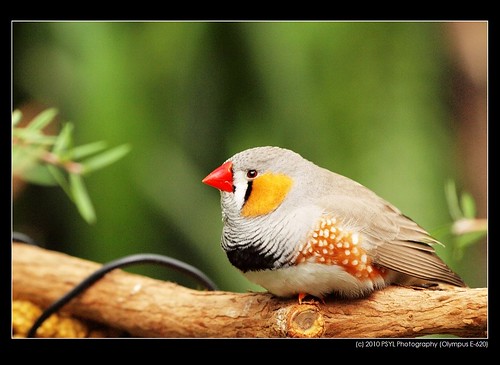
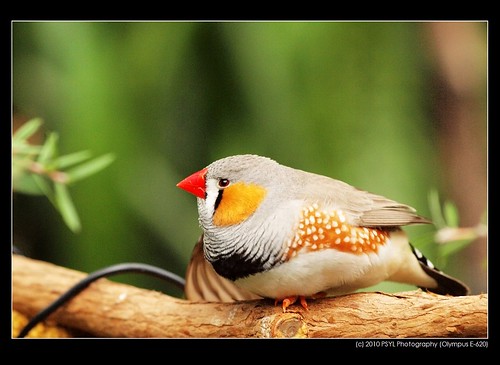
From the blog, "These little guys have ‘fawn’ spots on their wings and unmistakable orange cheeks. Zebra finches eat seeds and are just over 3 1/2 inches in length. They are native to Australia and are very good singers... research found that the little guys with the most intricate song were also better foragers for food..." From Quick Guide: Birds of Bloedel.
Chinese Pheasant (Chrysolophus pictus)
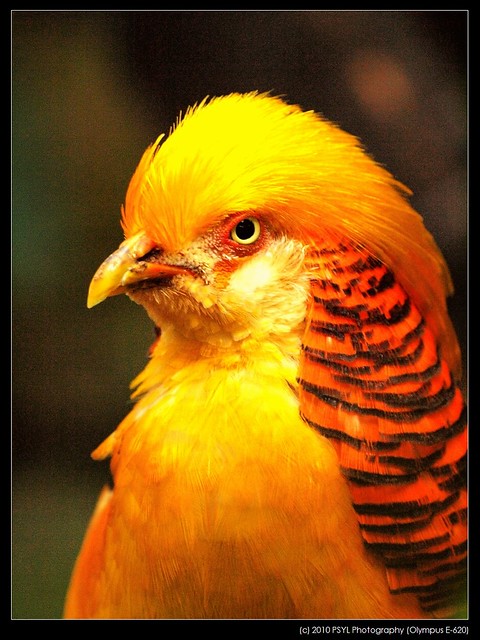
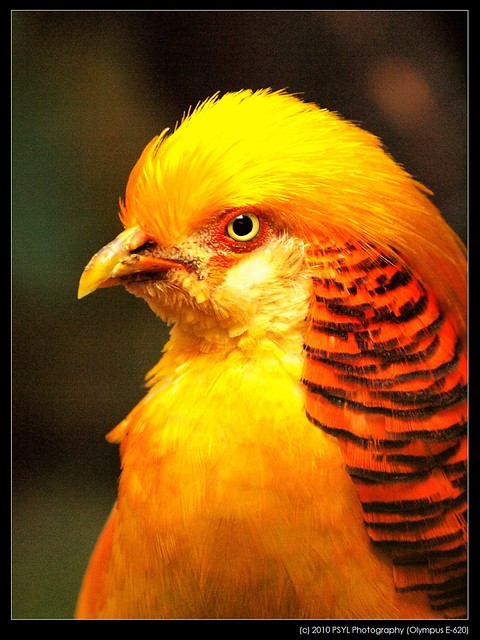
Portraits of one of the two Chinese Pheasants in the conservatory. "also known as Golden pheasants or Red Golden pheasants... native to the mountainous regions of western China. And while there are 35 types of pheasants throughout the world, 27 of those species are on the rare and endangered list due to over hunting and habitat loss." From Quick Guide: Birds of Bloedel.
Budgerigar (Melopsittacus undulatus)
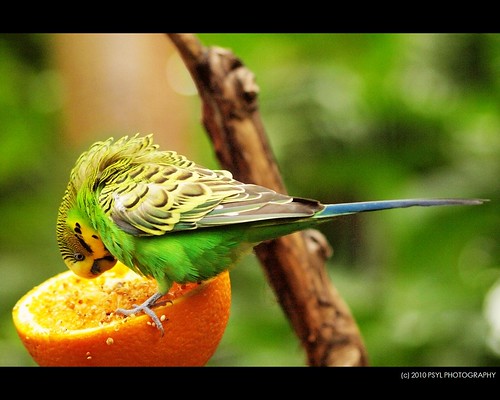
"Do you know how to tell the difference between a male and female budgie? It’s the colour of the “cere” which is the area above the beak that surrounds the nostrils. Boys have blue cere’s (of course!), for females it is tan or brown while juveniles of both sexes will be purplish in colour. Budgies are native to Australia and have green plumage in the wild. Domestic birds range in colour from white, blue, yellow and green. A healthy budgie needs lots of room to fly so the Conservatory is a great home to the flock of residents who live here. Some people call budgies ‘parakeets’, but this is actually a ‘catch-all’ name used for many smaller species of parrots."
. From Quick Guide: Birds of Bloedel.
3 comments:
Incredible and stunning photos!! Fantastic job on your entire series!! I'm glad you are visiting the Conservatory and enjoying it as much as we do!! And thank you for linking to the Bloedel Conservatory blog. I have also linked to yours in our October pages. We would greatly appreciate the addition of links to the "Quick Guide: Birds of Bloedel" page (http://bloedel.wordpress.com/2010/05/30/quick-guide-birds-of-bloedel/) where you have used direct quotes.
Thank you and keep up the terrific work! Really beautiful!
Sincerely, Vicky Earle
Thanks for visiting, Vicky.
I'll add the reference link right away!
Many thanks for adding the link!
Post a Comment